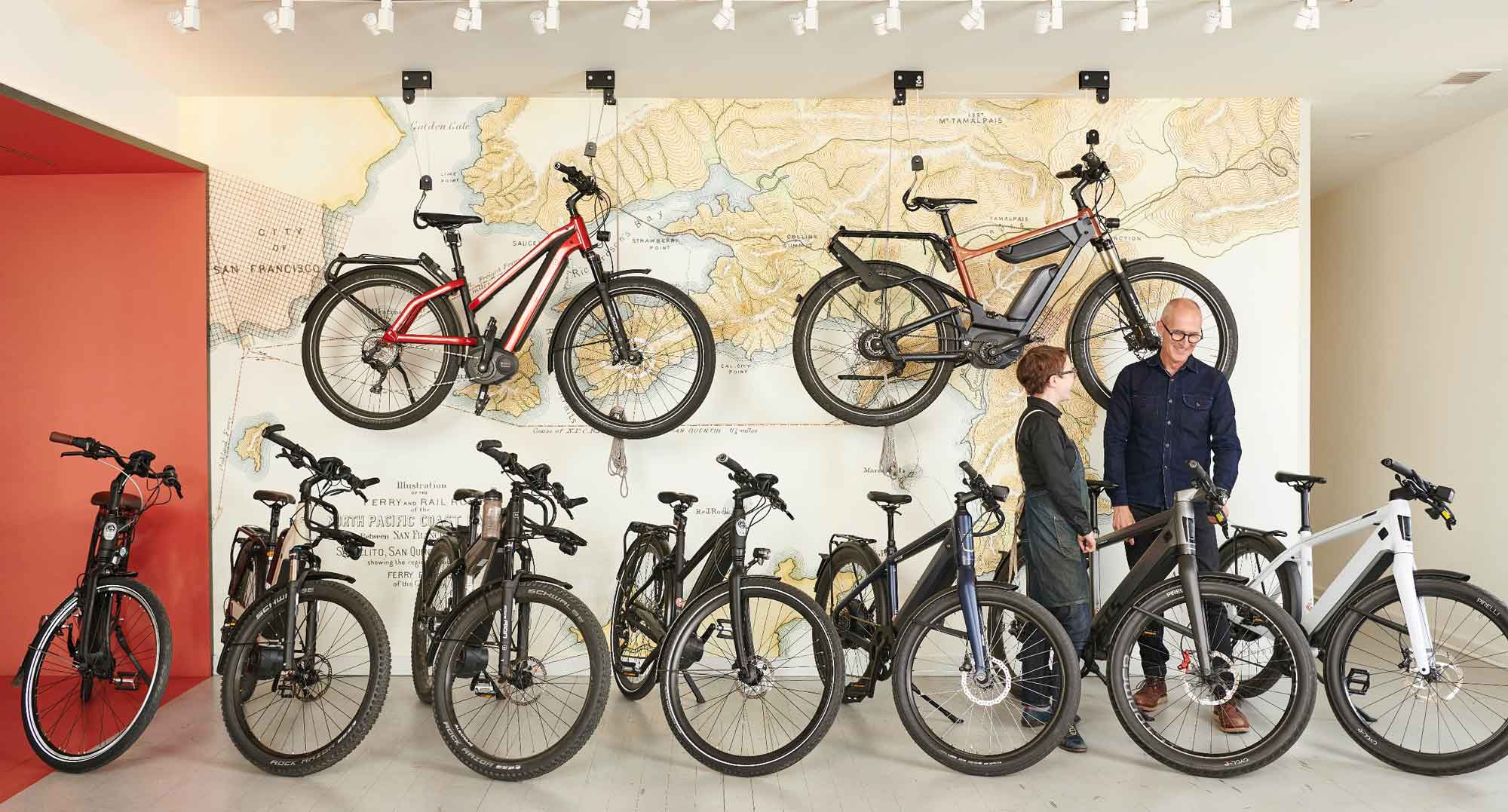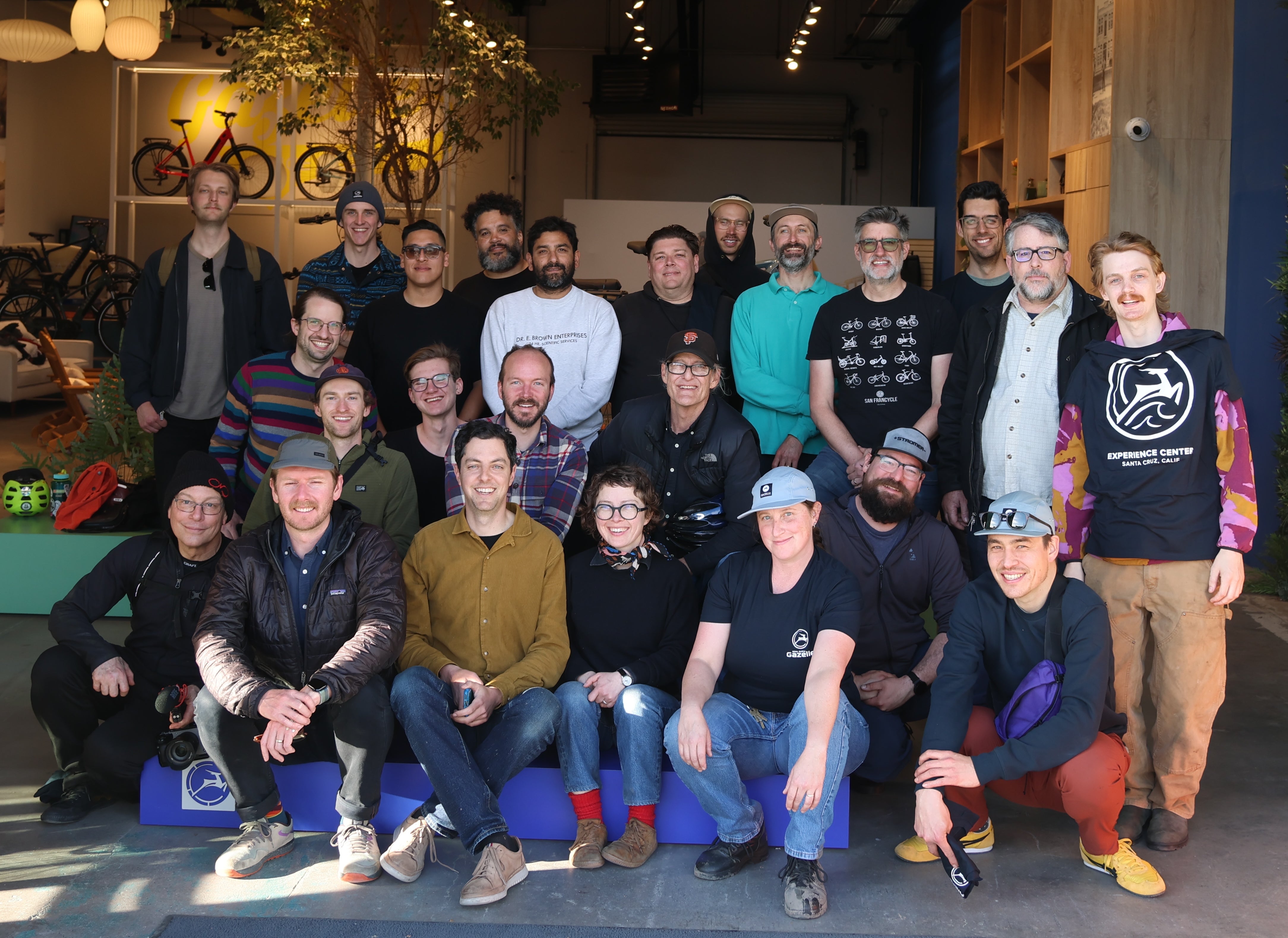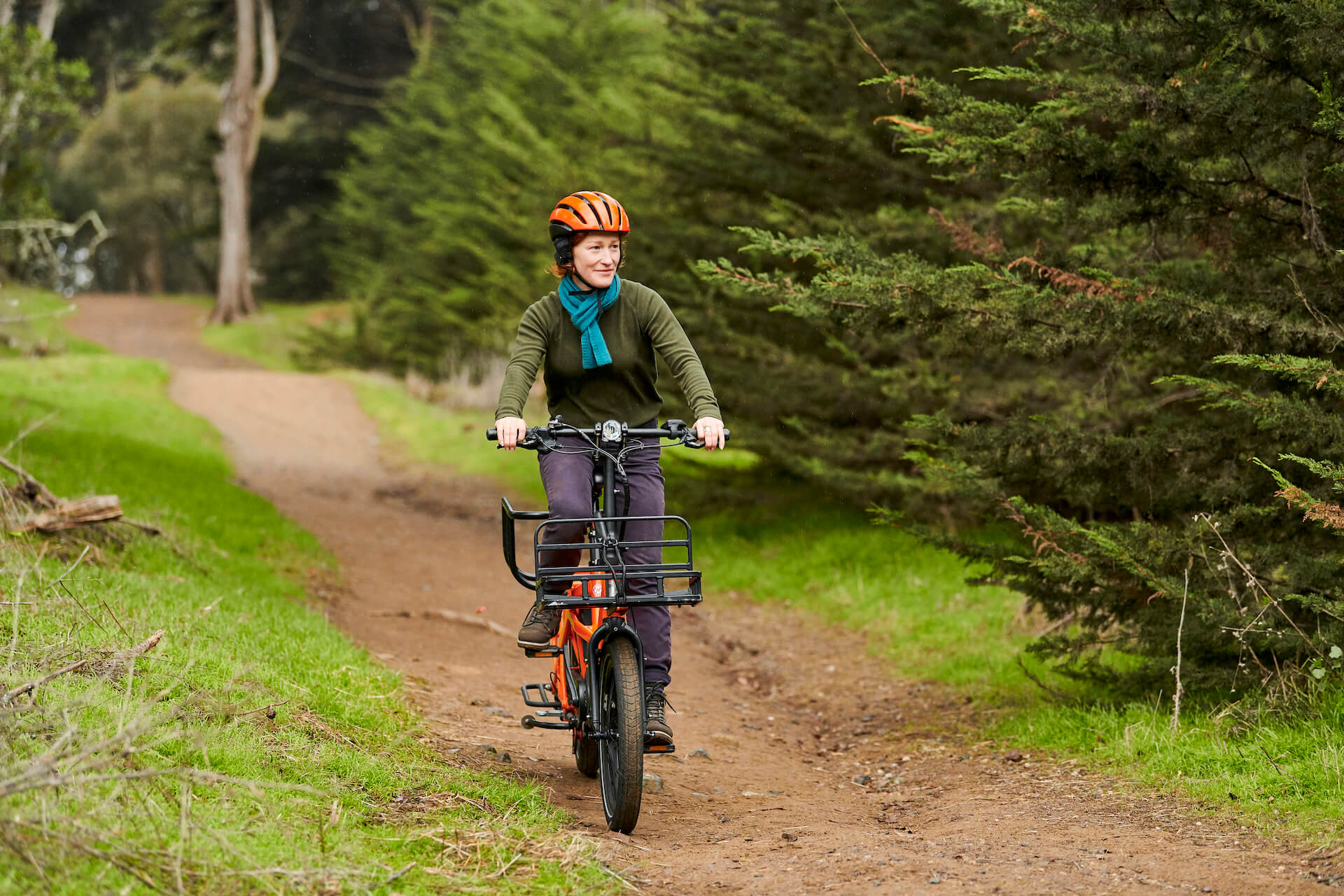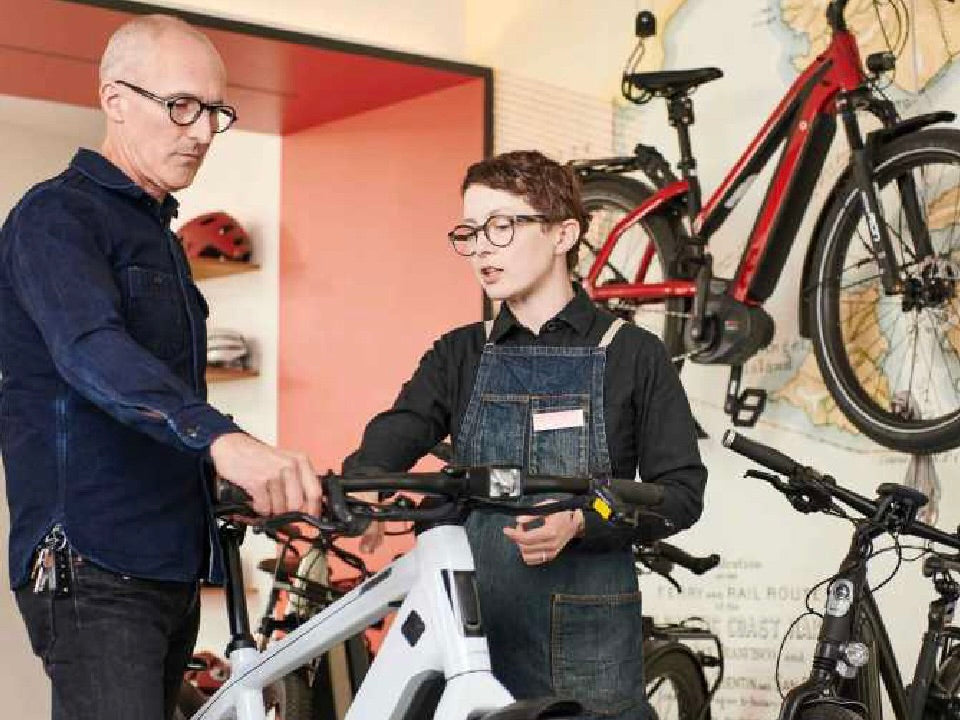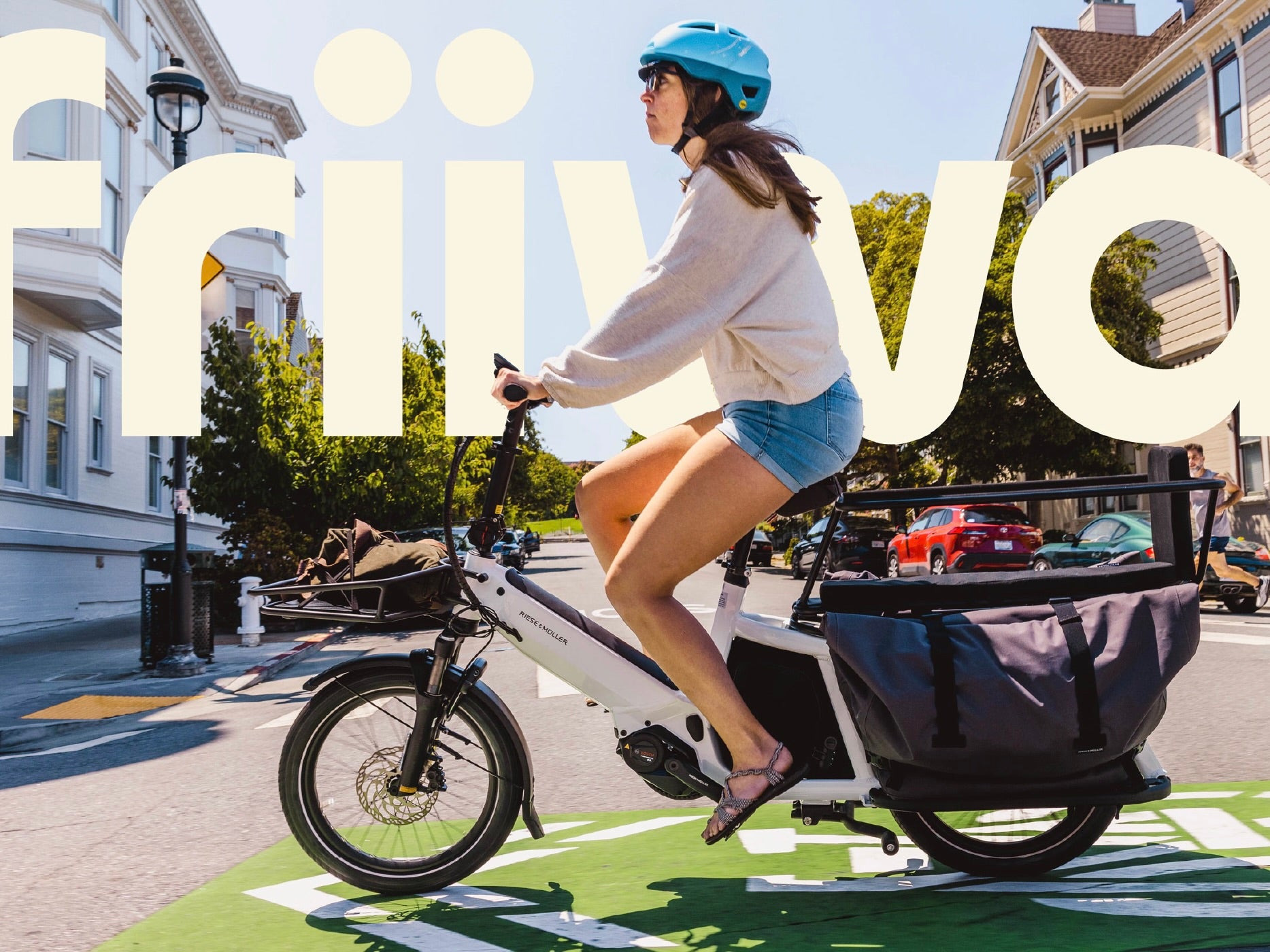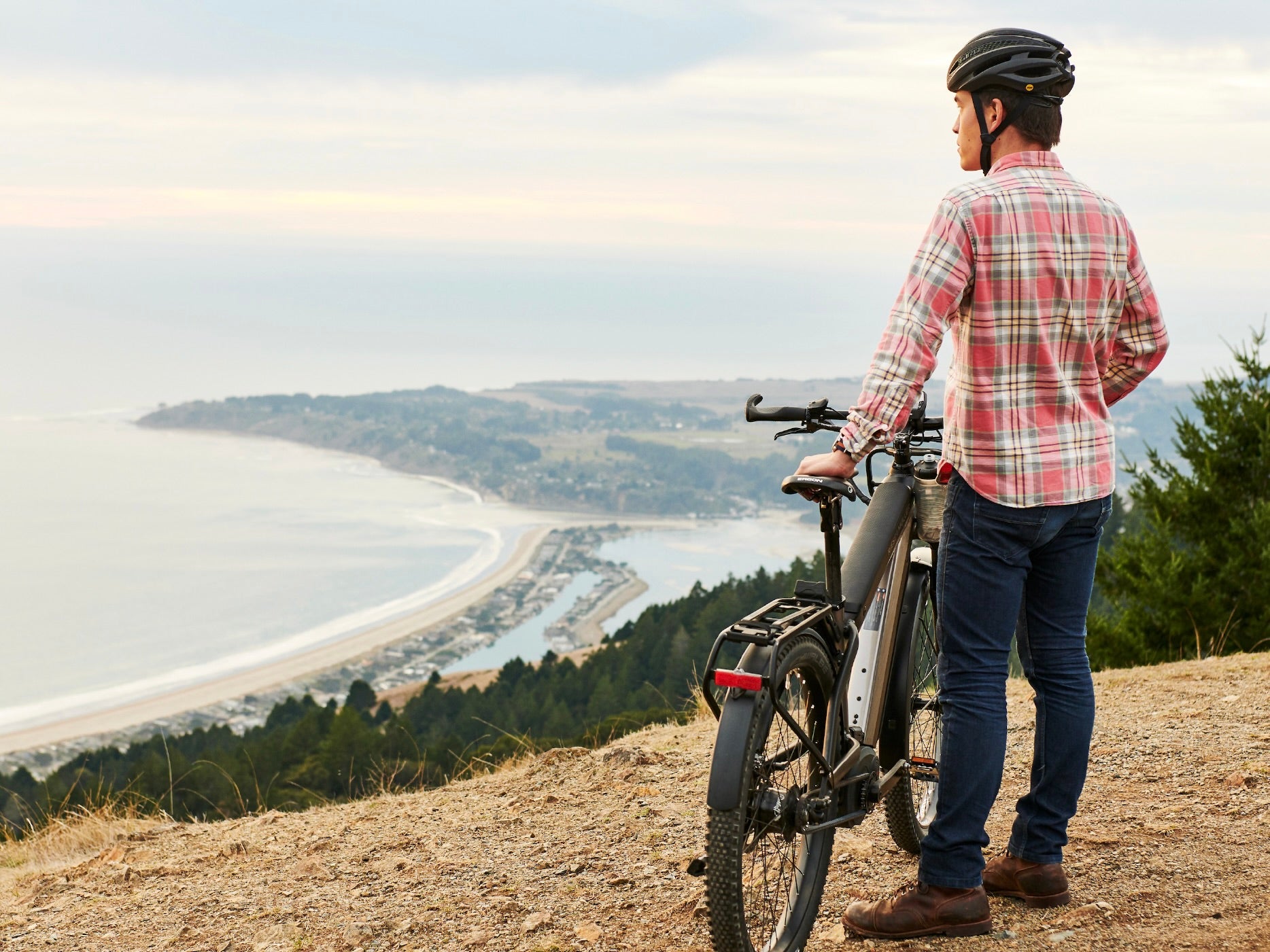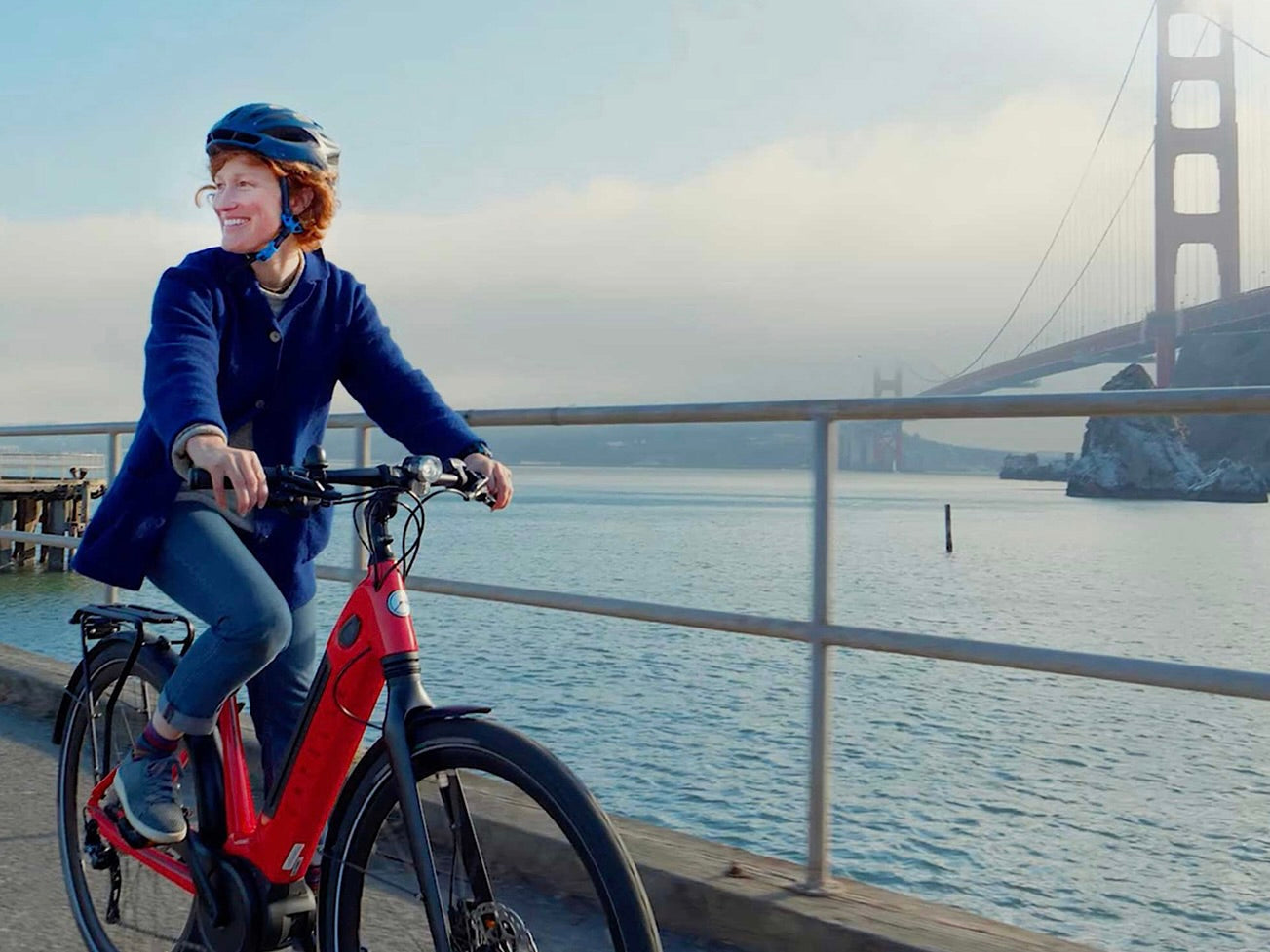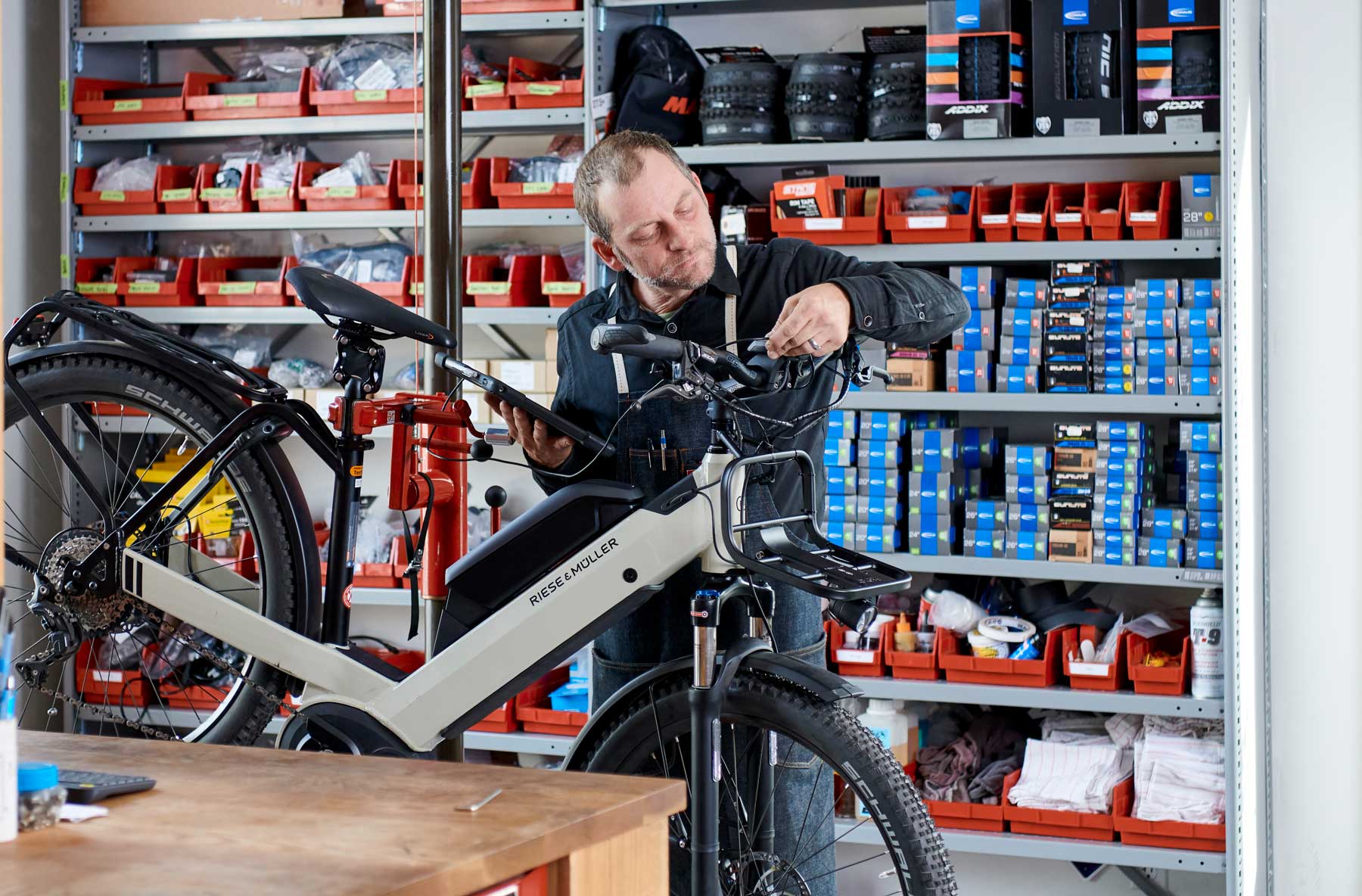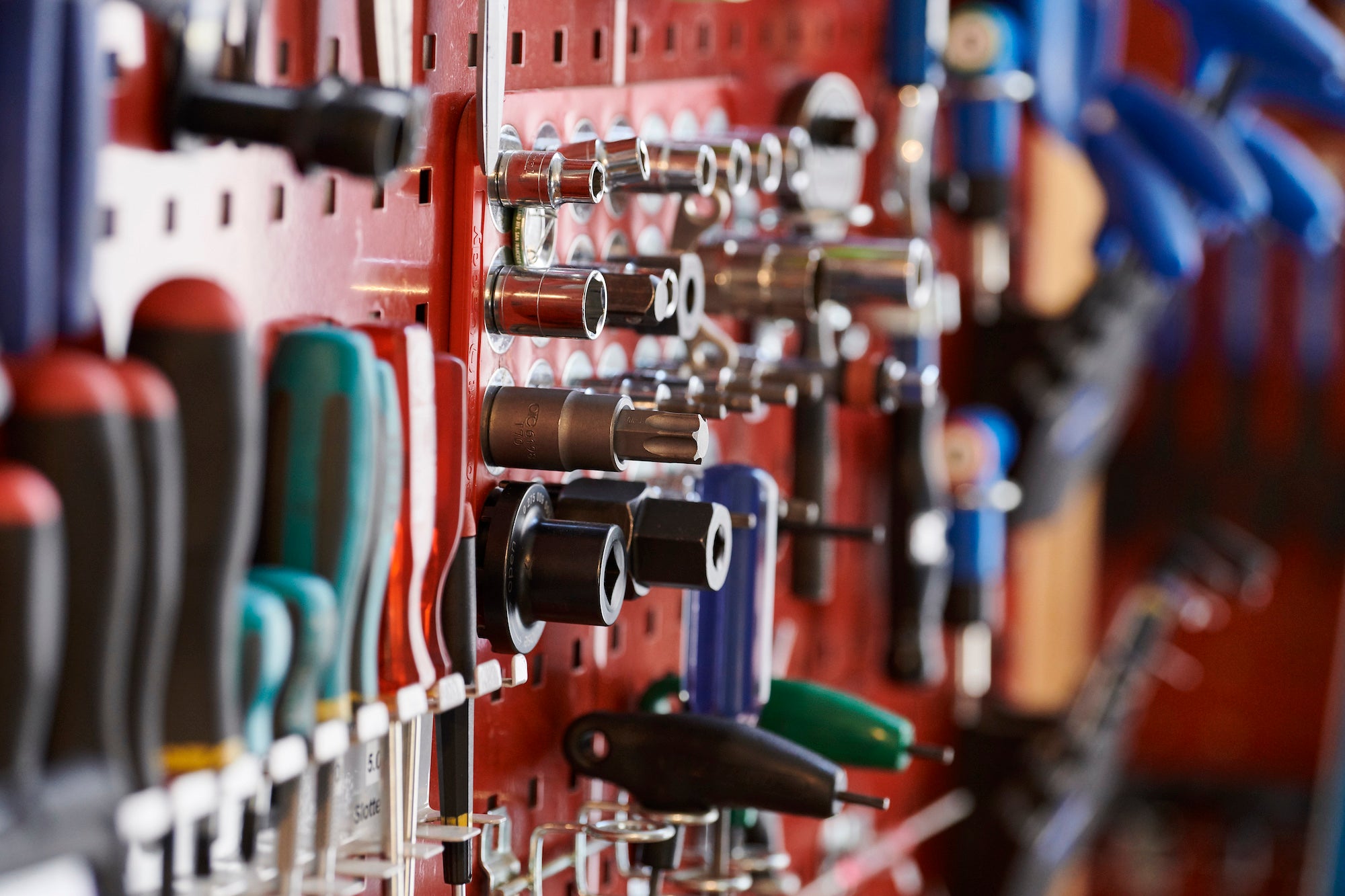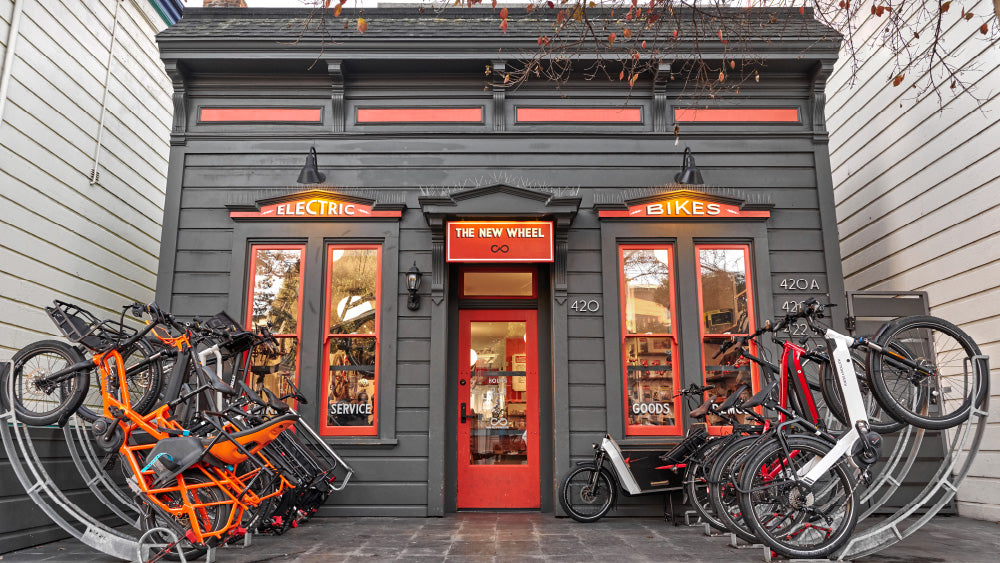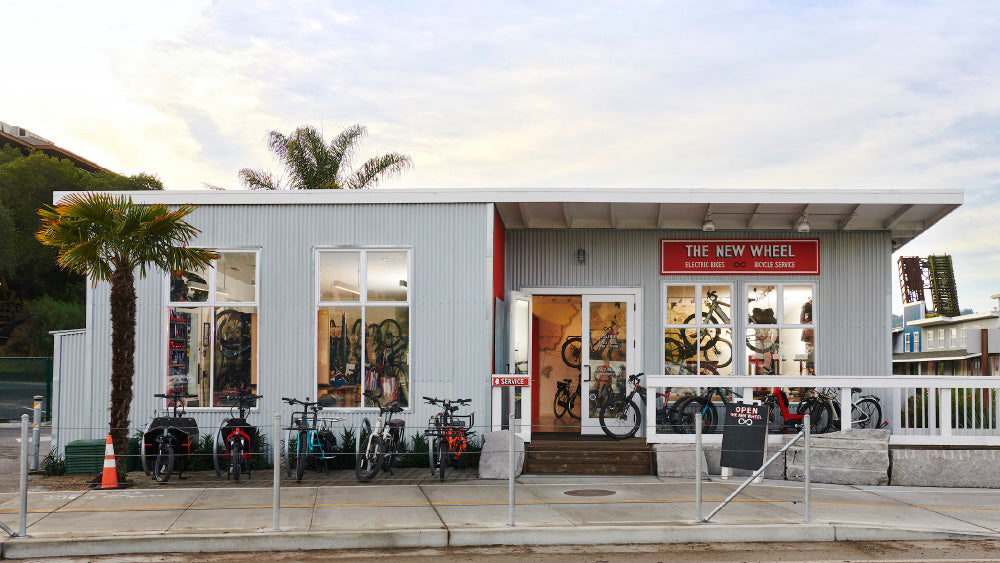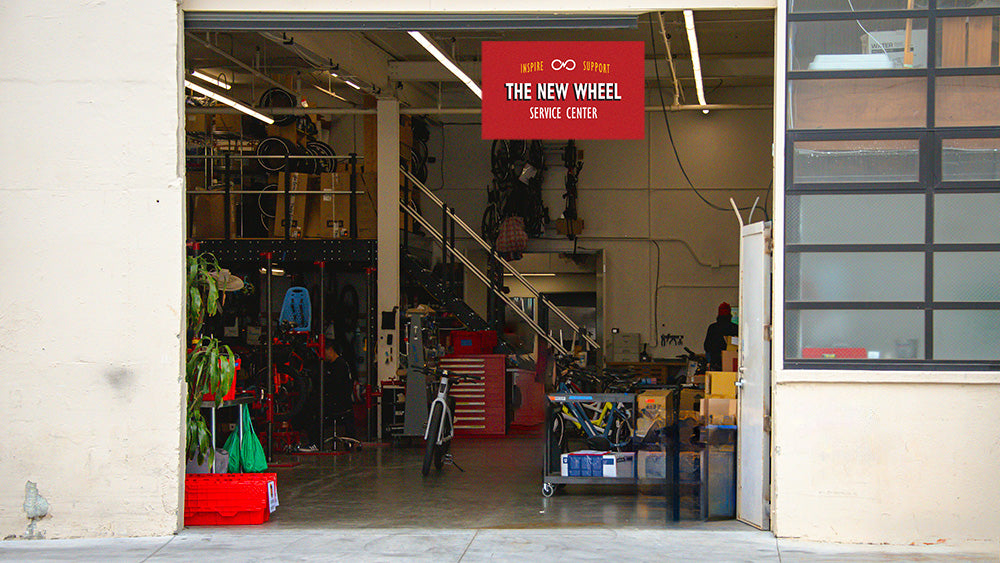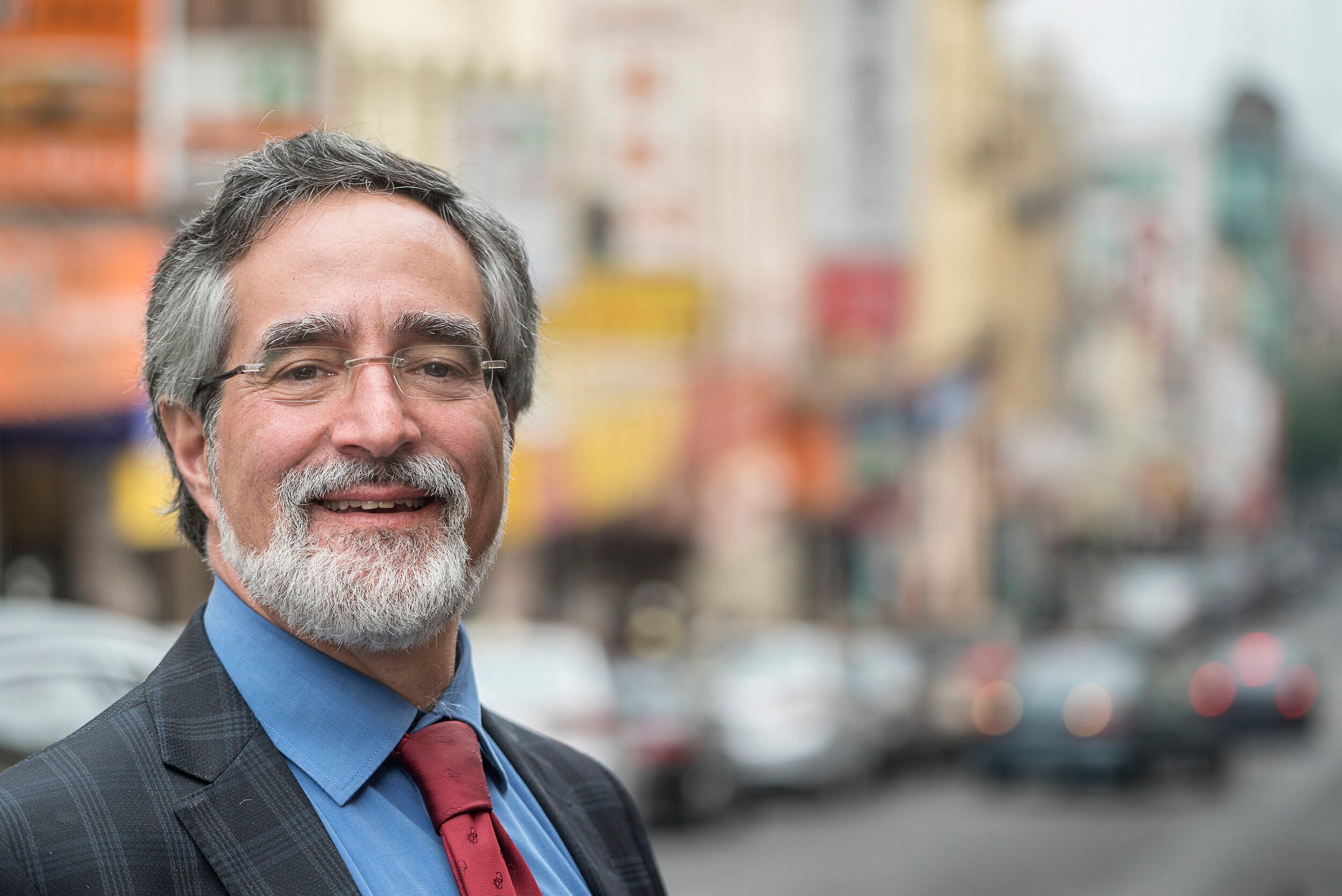Which candidate understands the promise and opportunity that bicycles bring to make San Francisco healthier, safer, more sustainable and more affordable? Who will champion cycling as Mayor of San Francisco?
We sent a questionnaire to each 2024 San Francisco mayoral candidate to help answer some of these questions. We hope it is helpful to you as you think about who you support in this important election.
Read Mayor London Breed's answers to our questions below.
1. Do you ride a bicycle regularly in San Francisco? If yes, what do you love about cycling in the city?
I’ve had a Public Bike for years, but there’s nothing like an e-bike to get around on the San Francisco hills. I’ve been renting and borrowing friends’ bikes recently to find one that I like best. Plus, we’ve got great bike parking at City Hall. On my workdays, I take a car between events across the city - though I also opt to walk and take Muni when it’s just as efficient. I do not own a car, so on weekends I like to walk, especially on Page Slow Street and along JFK Promenade, and take Muni, like the 22 to the Fillmore or the J to Noe Valley.
I love the fact that due to changes made during my Administration, San Francisco is now one of the safest large cities in the U.S. for pedestrians and bicyclists, with the lowest number of bicyclist fatalities per bicycle commuter and second lowest number of pedestrian fatalities per walking commuters, according to the League of American Bicyclists. With our dense network of housing and streets and mild climate, San Francisco is one of the best biking cities in the world.
Throughout my time as Mayor, and even when I represented District 5 on the Board of Supervisors, I served as a champion in creating streets and public spaces that bring people together and joy to our neighborhoods. In Spring of 2022, I introduced legislation to make JFK Promenade a permanent part of Golden Gate Park and it was approved by the San Francisco Board of Supervisors in April of 2022. This groundbreaking effort made one of the most transformative COVID-19-era street changes permanent. What was once a dangerous street has been transformed into a place for people, community, art, music and, of course, more rollerskating. The result is a more inclusive and joyful experience in San Francisco’s beloved Golden Gate Park.
In addition to JFK in 2019, I worked with the SFMTA to streamline street safety projects, which led to the creation of the Quick-Build Program, which uses low-cost reversible tools such as paint, signs, and posts to install street safety improvements faster and at lower costs. Since the program was formalized in 2019, the City has completed 28 corridor projects and at least 15 more are in the planning and design phase. Altogether, these projects account for over 70 miles of traffic safety improvements throughout San Francisco. Promenade, the Great Highway, Twin Peaks, and Shelley Drive in McLaren Park have continued to provide car-free space for people to bike freely and safely.
2. Why do you think more San Franciscans don’t use a bicycle for transportation? What do you think are the biggest impediments and how would you tackle them?
While using a bicycle for everyday transportation may not work for everyone, we know that more people would bike more often if it felt safer. That means we need to continue to create a connected bike network that feels safe and accessible for people throughout the City. That is why I have put safety at the center of all our street projects. We have spent years growing and improving our bikeway network; including building 41 miles of protected bike lanes (72% of which we’ve built since I’ve been Mayor), 32 miles of Slow Streets, and seven miles of car-free streets, ranging from our South of Market protected bike network Downtown to JFK Promenade in Golden Gate Park. We boast the highest rate of commuting to work by bicycle (3.4%) of any major city in the United States, and 10% of San Franciscans use a bike or other mobility device every day.
Our safety efforts are bearing fruit. Bicycle injuries and fatality totals are down in recent years, particularly compared to other larger U.S. cities. They have decreased by 50% in the last four years. In 2023, bike fatalities were at a historic low. As we continue to build a more comfortable citywide bikeway network, more people will feel comfortable biking.
3. Do you feel safe riding a bicycle in San Francisco? Why or why not?
I like riding a bicycle on some streets a lot better than others. There’s a reason for that - the slower, calmer streets feel much safer. I like riding on Page Slow Street and JFK Promenade. When we slow down cars, it can feel much less stressful for people walking and biking. We know speeding is the leading cause of serious and fatal crashes in San Francisco and a trend that is increasing across the United States. The City’s Vision Zero program identifies and makes systematic changes to reduce this danger, especially on our high injury network. To make our streets safer we’re installing Speed Safety cameras, traffic calming elements, like speed humps and sidewalk bump-outs to slow traffic. With the “Quick Build” program, we have completed more than 50 miles of safety improvements for people walking and biking. We have also led the state in implementing lower speed limits citywide under state law changes that went into effect in January 2022. So far, we have lowered the speed limit to 20 mph on 44 miles of streets on 62 corridors. There’s more to come.
4. Do you think it is important that everyone of every age (8 years old to 80 years old) feels safe riding in San Francisco? Do you think it is possible? As Mayor, how would you make sure everyone feels safe riding in San Francisco?
Yes it is important and yes it is possible. The Slow Street program showed us that we can create streets that feel more comfortable for all users, particularly families and children. I am proud of the work we did to establish the Slow Street network, but we have more work to do to connect all the pieces together. Making biking more accessible means we need to create a network that feels safer and more comfortable for everyone to use, particularly people who are interested but hesitant to bike. The bike network needs to include protected bike lanes, slow streets and car free streets that connect every neighborhood across the city, plus the destinations we all need to reach: schools, parks, libraries, and commercial corridors. We have spent years growing and improving our bikeway network, including building 41 miles of protected bike lanes, 72% of which we’ve built under my leadership, 32 miles of Slow Streets, and seven miles of car-free streets, including the JFK Promenade, which I legislated in 2022. We can achieve the Biking and Rolling Plan’s vision by stitching together the existing parts of the bike network with streets that feel safe enough for kids to bike to school on. We should implement as much as we can within the next 5 years.
5. One of the issues we see stopping more people cycling is secure bicycle parking in residences, shopping districts, parking garages, and offices. What will you do to ensure everyone has easy access to secure bicycle parking?
Yes, for all the benefits of an electric bike - the trade-off is its weight. Carrying an electric bike up and down stairs is out of the question for most people. My administration has been looking into how to get more secure bike parking in residential neighborhoods, and it’s something we are actively exploring to install. In the meantime, the SFMTA is piloting bikehangars in partnership with the Yerba Buena Community Benefit District (YBCBD) and BikeLink. If you go to European cities, you’ll see Bikehangars around, they are storage sheds for bikes that fit into a parking space. Users need to sign up to see them, then receive access to unlock the shed. The SFMTA is tracking their use to see if it’s something we can expand into other neighborhoods.
6. This summer, we were in Copenhagen, a similarly sized city to SF, and experienced world-class transit, pedestrian, and cycling infrastructure—including wide protected bicycle lanes on nearly every street. Do you believe SF should be like Copenhagen (or Paris, which has increased cycling by over 80% in five years), and what will you do as Mayor to get us there?
As outlined in my vision for transit in San Francisco earlier this year (click here).
Five years ago, I inherited 47 square miles of 100+-year-old road infrastructure that no longer fully meets our values or our residents’ values today. And it needs an overhaul. These streets were built for another time, with a smaller population, and designed for a world we no longer live in, where cars were really the only option. Our systems are long overdue for a physical modernization, and that is going to take a lot of time and a lot of resources.
San Francisco is a growing city. We have passed an ambitious Housing Element to allow for 82,000 new homes by 2031. Whether we reach that specific goal is one question, but we will be adding tens of thousands of new homes over the next decade. In addition to making sure we can build enough housing, it is also my job to plan for the rest of the infrastructure people need. With clear housing goals, we need clear transportation goals. I want a San Francisco where we can continue to grow and welcome new residents, where kids born in San Francisco can stay and start families here.
That means building a city and a transportation network that can support our growing population and help our City thrive. That means buses crossing our city and rail lines running both under and above ground. That means supporting bicycling and walking, by making these options safe and efficient. Investments in these networks help those who need to drive — because the more people we move from cars to other options, the more space there is for those who need to drive. And many people still need to drive.
As we look ahead to this future, I have three main goals serving as the bedrock for the decisions we are making: (1) I want our transportation systems to work efficiently; (2) I want people to have choices; (3) I want our streets and public spaces to bring people together.
When it comes to transportation, the worst thing we can do is nothing — congestion will only get worse and innocent lives will be lost. We simply do not have the space for everybody to drive all the time. But we do have the space to create thriving transportation networks that serve our entire city so when people do need to drive, it’s a manageable option. The best thing we can do is to create comfortable, convenient and safe ways to move around the City while supporting our residents, families, children, and businesses. That’s the kind of city that can grow to support the next generation of kids growing up here while also continuing to be the economic heart of the Bay Area and California. A City that thrives on its density, not in spite of it. That’s the kind of City I want to live in.
7. Do you believe the removal of parking spaces is a tradeoff required to dramatically improve pedestrian and cyclist safety and speed transit? Why or why not?
When we work to repurpose our streets, our first priority must be the safety of our residents. I recognize the access and loading needs for businesses and people across the city, which is why we’ve worked closely with the SFMTA to ensure businesses have the loading zones they need to continue to thrive, whether as a music venue for artists needing to unload equipment or an ice cream shop with unique delivery needs. Safety does not need to come at the expense of access - we can do both. In May of the year on Bike to Wherever Day, I announced that I asked the SFMTA to convert the bike lanes in front of City Hall into protected bike lanes. It means we’re about a dozen parking spaces on the block so that people can bike safely without cars double parking in the bike lane. While the removal of parking spaces isn’t always required to improve safety, it won’t take precedence over safety treatments.
8. Do you believe it is important that neighborhood interest groups be consulted for each bike infrastructure improvement that impacts the neighborhood, or do you think that cycling networks should be built based on a citywide plan insulated from local opposition?
It is important that neighborhood voices have a significant role in any citywide transportation plan that is developed. I have shown time and time again that asking for and receiving input from the communities that use our streets the most results in the best outcomes for all San Franciscans. It’s not about if we do a project, it’s about how we do it.
9. Paint us a picture of what you believe our streets should look like in 10 years: Do you think San Francisco streets should look relatively similar to how they do today, somewhat different, or very different?
See question #6.
